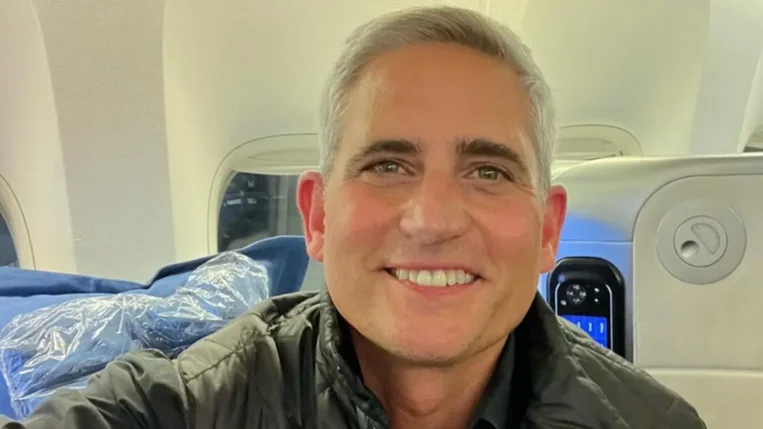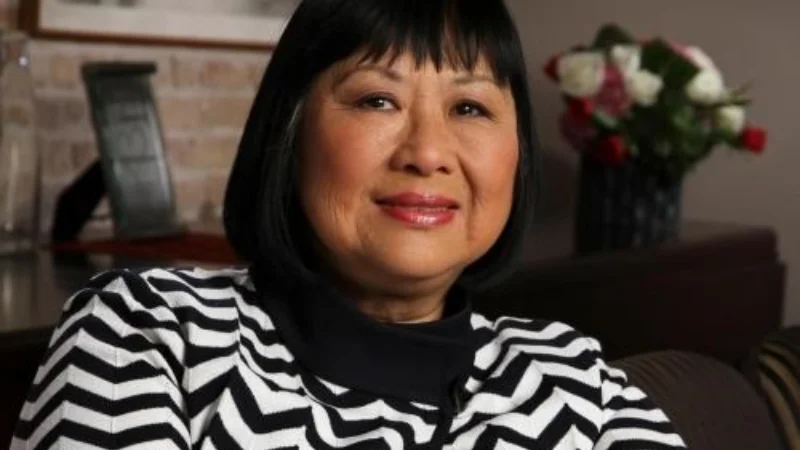Pilot uniforms have stripes representing their experience and rank, with more bars signifying a higher rank. In the late 1930s, Pan Am introduced naval-style uniforms for its crew, setting a trend for other airlines. Uniforms for pilots have changed very little since then and follow similar standards across airlines.
Before the 1930s, piloting an aircraft barely resembled what the job entails today. The task was daring and adventurous, requiring pilots to be exposed to the elements for hours. With open-air cockpits, pilots wore attire that allowed them to remain warm in frigid conditions. Traditional aviators are associated with sheepskin leather, bomber jackets, boots, gloves, scarves, helmets, and goggles.
When Pan American World Airways (Pan Am) introduced its Clipper Flying Boat Service in the late 1930s, the company decided that the plane's crew should be dressed in naval attire. This was an apt choice as the Boeing flying boats competed with transatlantic liners like the Normandie and the Queen Mary.
 Alerts Sign-up
Alerts Sign-up







